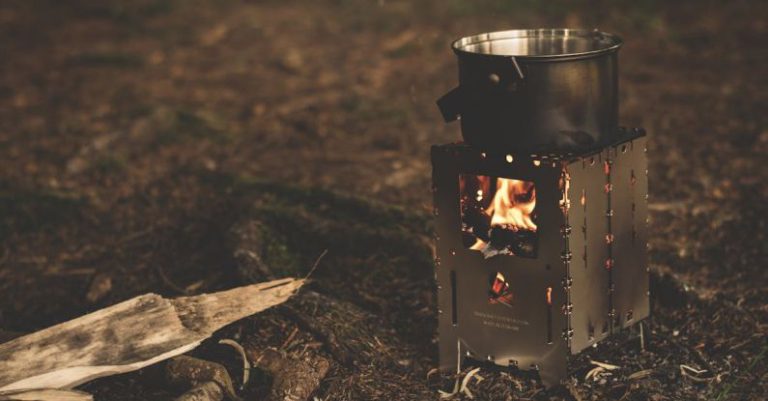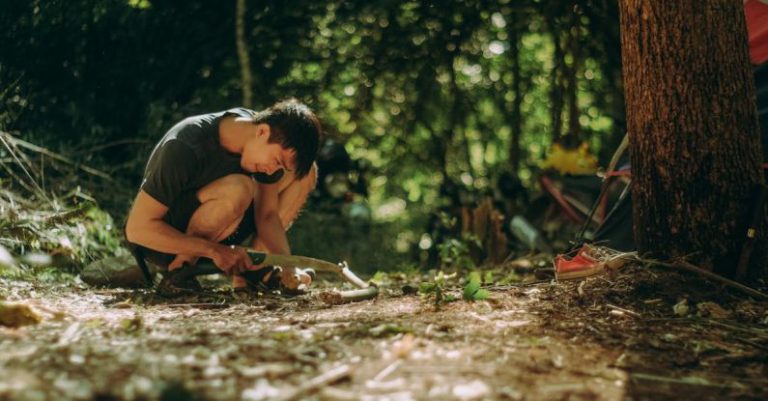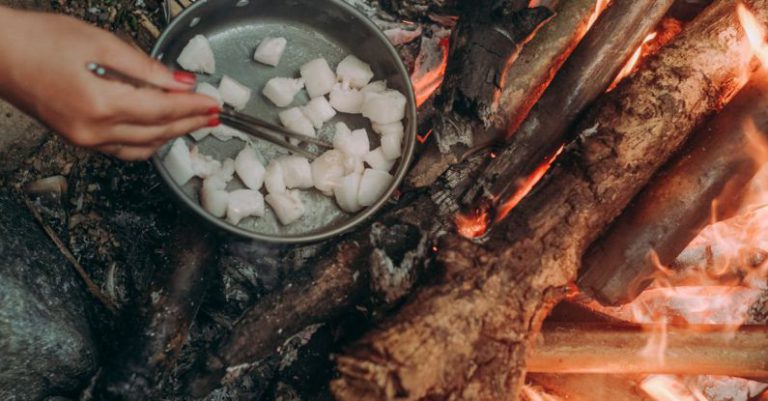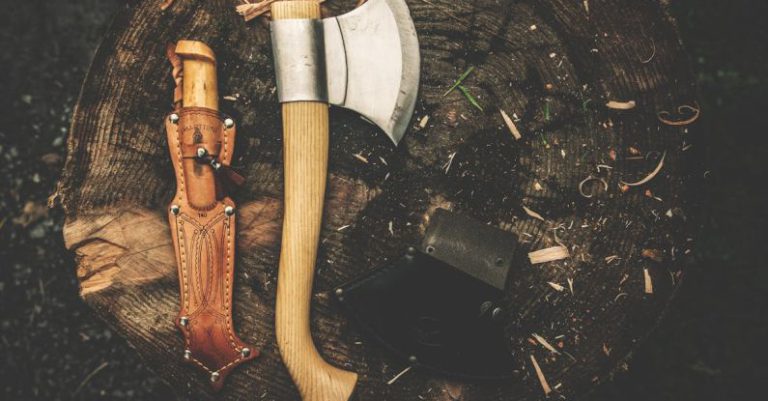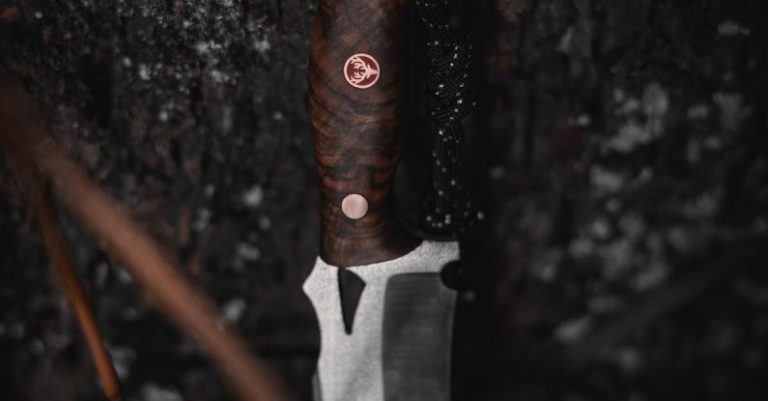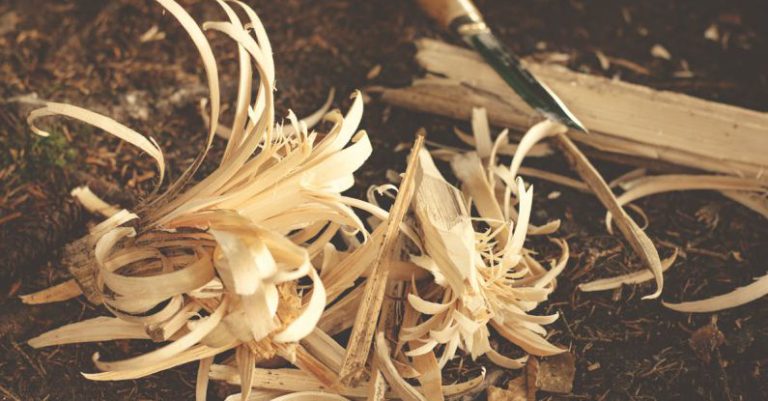
Crafting your own bushcraft kit can be a rewarding and empowering experience for outdoor enthusiasts. Building a DIY bushcraft kit allows you to customize your tools and equipment to suit your specific needs and preferences. Whether you are a seasoned survivalist or a beginner looking to delve into the world of bushcraft, creating your own kit can be a fun and practical project. By selecting the right items and assembling them thoughtfully, you can ensure that you are well-prepared for your outdoor adventures. Here’s a guide on how to make your own DIY bushcraft kit.
Choosing the Essentials
When putting together your bushcraft kit, it is essential to start with the basics. The items you choose should be versatile, durable, and lightweight. Here are some essential tools and equipment to consider including in your DIY bushcraft kit:
Cutting Tools: A reliable knife is a must-have tool for any bushcraft kit. Look for a sturdy fixed-blade knife with a sharp edge that can handle various tasks such as carving, cutting, and preparing food.
Fire-starting Tools: Fire is essential for warmth, cooking, and signaling for help in emergency situations. Consider including items like a ferro rod, waterproof matches, or a lighter in your kit.
Shelter Building Materials: In a survival situation, having a shelter can protect you from the elements and help maintain body heat. Include items such as a tarp, cordage, and a space blanket for building shelter.
Navigation Tools: It’s important to be able to navigate your surroundings, especially if you are venturing into unfamiliar territory. Consider adding a compass, map, or GPS device to your kit.
Water Purification: Access to clean drinking water is crucial for survival. Include water purification tablets, a portable filter, or a metal container for boiling water in your kit.
Food Procurement: In a wilderness setting, being able to procure food is essential for sustenance. Include items like a fishing kit, snare wire, or a slingshot for hunting small game.
First Aid Supplies: Accidents can happen in the outdoors, so it’s important to have a basic first aid kit on hand. Include items like bandages, antiseptic wipes, and pain relievers in your bushcraft kit.
Assembling Your Kit
Once you have selected the essential items for your DIY bushcraft kit, it’s time to assemble them into a compact and organized setup. Consider using a durable backpack or a waterproof container to store your gear. Organize your items based on their functions, making them easily accessible when needed.
Customizing Your Kit
One of the advantages of creating your own DIY bushcraft kit is the ability to customize it to fit your specific needs and skill level. Consider adding personal touches such as a small notebook and pencil for jotting down notes, a multi-tool for added versatility, or a small sewing kit for repairing gear.
Testing and Practicing
Before heading out into the wilderness with your DIY bushcraft kit, take the time to test each item and practice using them in a controlled environment. Familiarize yourself with the functions of your tools and equipment, and ensure that you know how to use them safely and effectively.
Final Thoughts on DIY Bushcraft Kits
Crafting your own DIY bushcraft kit can be a fulfilling experience that enhances your outdoor adventures. By carefully selecting essential items, organizing them thoughtfully, and customizing your kit to fit your needs, you can create a valuable resource for wilderness survival and outdoor exploration. Remember to regularly check and maintain your kit, and continue to refine it based on your experiences and evolving skills. With the right tools and preparation, you can embark on your bushcraft journeys with confidence and readiness.
